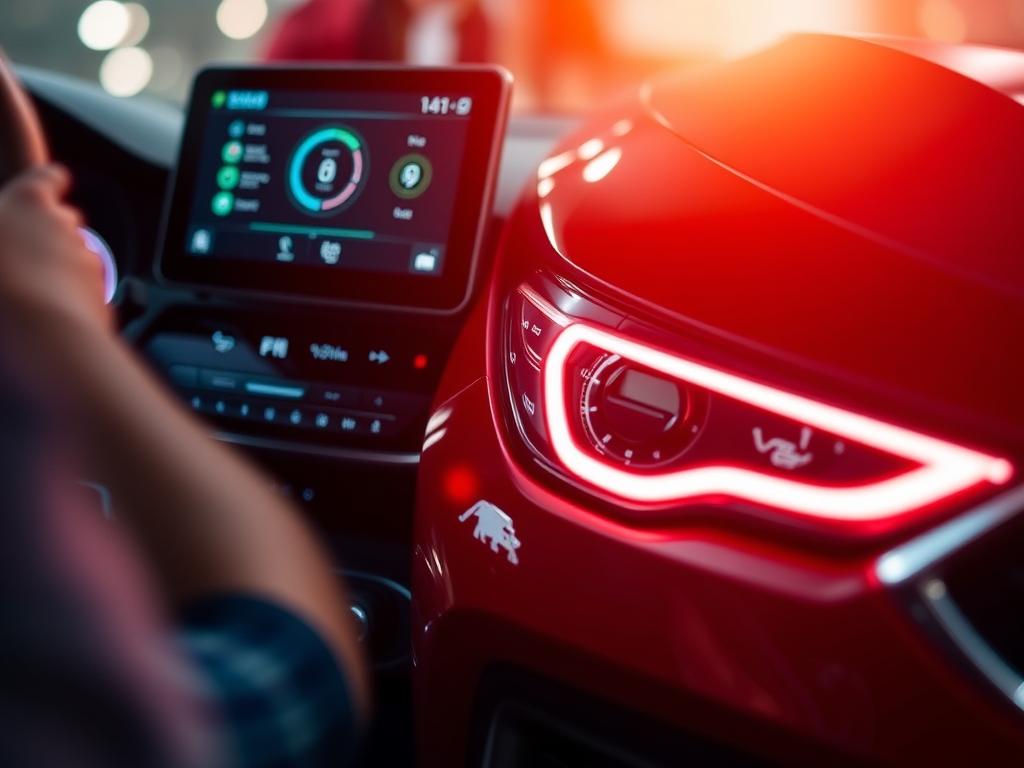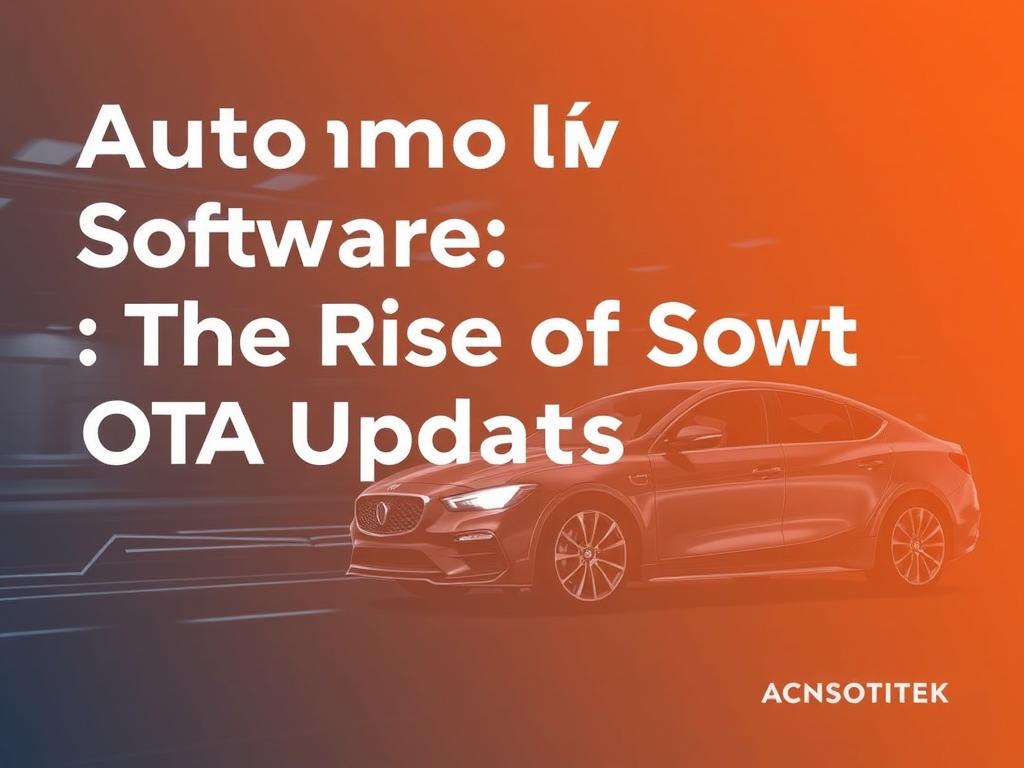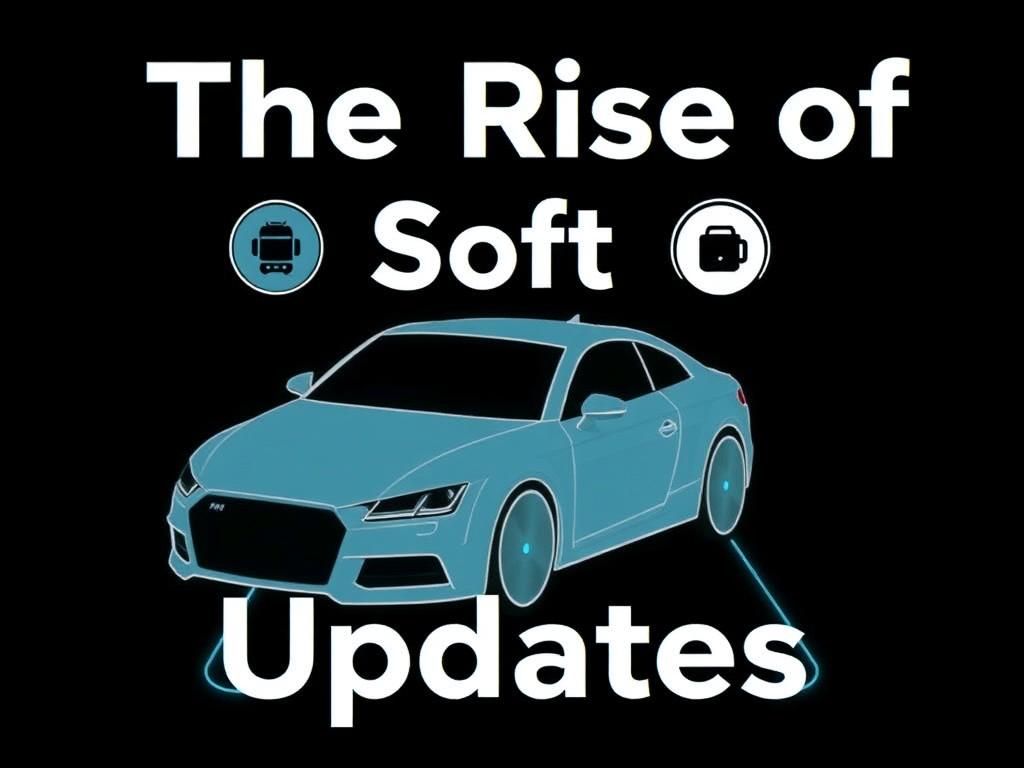In the ever-evolving world of automotive technology, software is becoming as important as the mechanical parts under the hood. Gone are the days when a car was just a bunch of metal and rubber; today’s vehicles are sophisticated computers on wheels, constantly connected and receiving updates to enhance performance, safety, and user experience. Central to this transformation is the rise of soft OTA updates—over-the-air software updates that allow car manufacturers to remotely upgrade a vehicle’s systems without requiring a trip to the service center. This article explores what automotive software really means, why soft OTA updates are gaining momentum, and how they are shaping the future of the automotive industry.
What is Automotive Software?
Automotive software refers to the digital code running inside a vehicle’s control units and infotainment systems. Modern cars contain dozens of electronic control units (ECUs) that coordinate everything from engine performance and braking systems to navigation and entertainment. These systems rely heavily on software that can be updated, fixed, or improved over time.
Unlike traditional software on phones or computers, automotive software has unique challenges. It must ensure safety and reliability since errors could impact driver and passenger safety. Moreover, it needs to integrate seamlessly with hardware components, sensors, and communication protocols within the vehicle. The complexity of automotive software has grown exponentially with the introduction of features like advanced driver assistance systems (ADAS), autonomous driving technologies, and connected car services.
The Evolution of Vehicle Updates
In the past, updates to a vehicle’s software required a physical visit to an authorized service center. Often, this meant scheduling an appointment, waiting, and sometimes paying hefty fees for software patches or bug fixes. These updates were infrequent and lacked the immediacy expected in today’s fast-paced tech environment.
The automotive industry soon realized the value of delivering updates remotely, similar to how smartphones receive automatic upgrades. This shift led to the development of over-the-air (OTA) update systems, allowing updates to be sent wirelessly via cellular networks or Wi-Fi. Initially, OTA was used in a limited way, mostly for infotainment systems or navigation maps. But as vehicles became more connected and reliant on software to operate critical functions, OTA updates expanded in scope and importance.
Understanding Soft OTA Updates

Soft OTA updates are a form of over-the-air update specifically designed to update a vehicle’s software in a non-disruptive and risk-mitigated manner. The term “soft” emphasizes the smooth, seamless nature of the update process compared to more intrusive traditional updates that might require shutting down the car or extensive downtime.
What makes soft OTA updates stand out is their emphasis on user convenience and system safety. These updates can be downloaded and installed in the background without affecting the vehicle’s immediate operation. Once the update is ready, it can be activated during low vehicle usage times, ensuring that drivers face minimal interruptions.
Key Features of Soft OTA Updates:
- Seamless Delivery: Updates are sent over cellular or Wi-Fi connections without the need for a wired connection or dealership visit.
- Incremental Updates: Rather than replacing entire software modules, soft OTA often updates only changed parts, reducing bandwidth usage and installation time.
- Rollback Capabilities: If an update causes issues, systems can revert to the last stable version.
- Security Protocols: Updates are encrypted and authenticated to prevent malicious attacks or unauthorized access.
- User Control: Drivers may schedule update installations or receive notifications before changes take place.
The Benefits of Soft OTA Updates for Automakers and Drivers

Soft OTA updates are revolutionizing the automotive landscape by offering multiple benefits for both car manufacturers and end-users. Automakers can now fix bugs, add features, or improve vehicle performance remotely, eliminating the costly and time-consuming process of recalling vehicles or scheduling service appointments.
Drivers benefit from always having the latest software enhancements without leaving their homes or disrupting daily routines. Imagine waking up to a vehicle with improved fuel efficiency, enhanced safety warnings, or new voice command capabilities, all delivered overnight while the car was parked.
Benefits Summarized:
| For Automakers | For Drivers |
|---|---|
| Reduced Recall Costs and Complexity | Convenient Updates Without Dealership Visits |
| Ability to Improve Vehicle Performance Post-Sale | Access to New Features and Bug Fixes |
| Real-Time Data Collection and Diagnostics | Increased Vehicle Safety and Security |
| Faster Response to Security Vulnerabilities | Personalized Update Scheduling |
Security Challenges and Solutions in Automotive Software OTA Updates
While the advantages of soft OTA updates are clear, they also introduce significant cybersecurity risks that must not be overlooked. Since updates are delivered remotely and often over public networks, attackers may try to intercept or inject malicious code into the vehicle’s software.
To combat these risks, leading automakers and suppliers employ rigorous security frameworks. These include end-to-end encryption, cryptographic signing of update packages to verify their authenticity, and multi-factor authentication for access to update systems. Moreover, the ability to rollback to stable software versions ensures that even if something goes wrong, the vehicle can quickly recover without compromising safety.
Essential Security Measures for Soft OTA Updates:
- Secure Boot Mechanisms
- Encrypted Data Transmission
- Code Signing and Verification
- Multi-Layered Authentication
- Intrusion Detection Systems (IDS)
- Regular Security Audits and Penetration Testing
How the Rise of Soft OTA Updates Affects the Automotive Industry

The adoption of soft OTA updates is transforming how vehicles are designed, maintained, and experienced. Automakers are increasingly treating vehicles as platforms that evolve over their lifecycle rather than fixed products sold once. This shift affects business models, moving some revenue streams from hardware sales to software subscriptions or feature unlocks delivered through updates.
The demand for skilled software developers, cybersecurity experts, and cloud infrastructure is growing rapidly within automotive companies. Additionally, regulations around vehicle software safety and data privacy are becoming stricter, mandating compliance with new standards and certifications.
Industry Changes Driven by Soft OTA Updates:
- Shift from Product to Service-Based Models
- Greater Emphasis on Software Quality and Cybersecurity
- New Collaboration Between Automakers, Tech Companies, and Telecom Providers
- Emergence of Intelligent Vehicle Ecosystems Connected to Cloud Platforms
- Continuous Vehicle Improvement Post-Sale
The Future Outlook: What’s Next for Automotive Software and Soft OTA Updates?
Looking ahead, soft OTA updates will become even more critical as electric vehicles (EVs), autonomous cars, and connected services penetrate the market. Vehicles will need frequent updates to improve battery management, navigation accuracy, AI capabilities for autonomous driving, and integration with smart city infrastructure.
Artificial intelligence and machine learning will also play a role in customizing updates based on driver behavior, environment, and vehicle condition. With 5G networks expanding, update speeds will increase, making it possible to send large, complex software packages efficiently.
Ultimately, soft OTA updates are laying the foundation for a fully digital automotive experience where cars become adaptive, personalized, and continuously improving machines.
Conclusion
Automotive software and the rise of soft OTA updates represent a fundamental shift in how vehicles are maintained and enhanced in the modern era. By enabling seamless, secure, and remote software upgrades, these updates bring unprecedented convenience and value to both automakers and drivers. As vehicles become more software-driven, mastering soft OTA update technologies will be key to unlocking the future of mobility—safer, smarter, and more connected than ever before. As the automotive world accelerates toward this new horizon, staying informed about software innovations and their implications is more important than ever for industry insiders and car owners alike.

